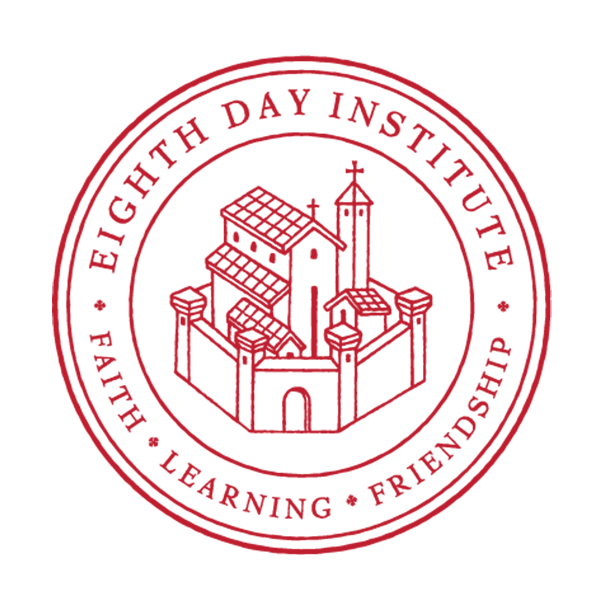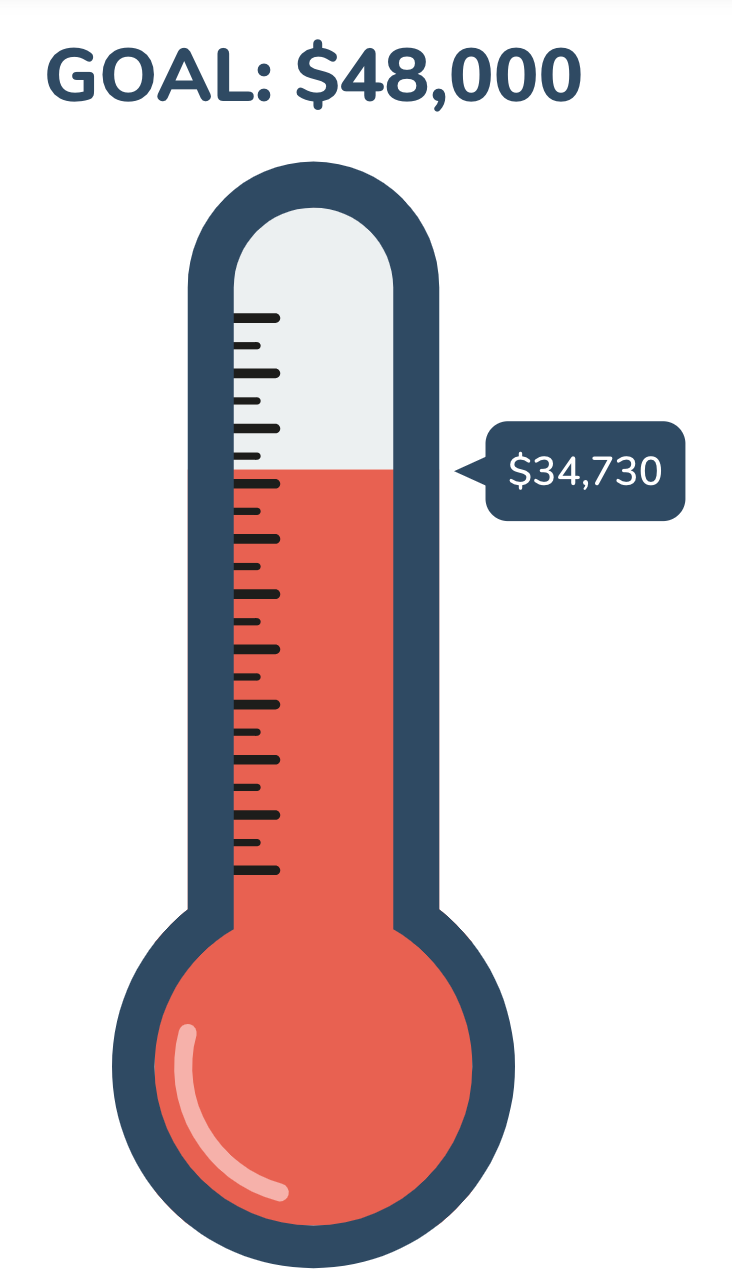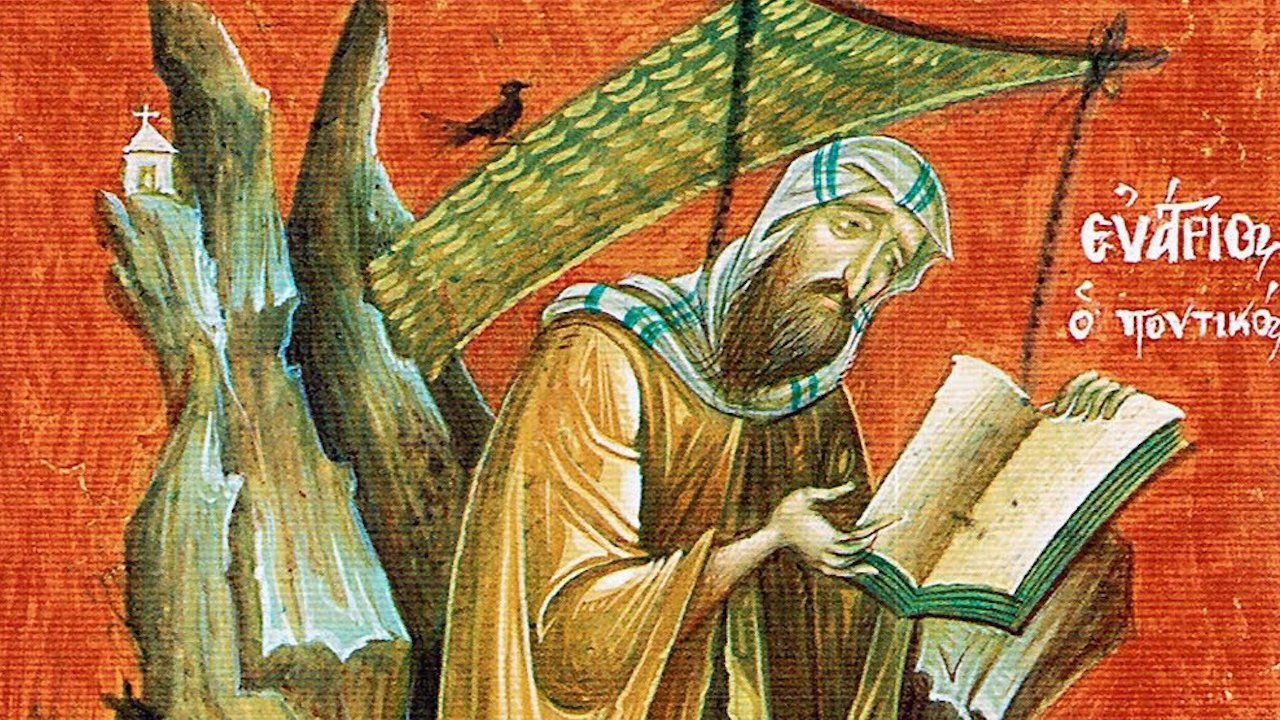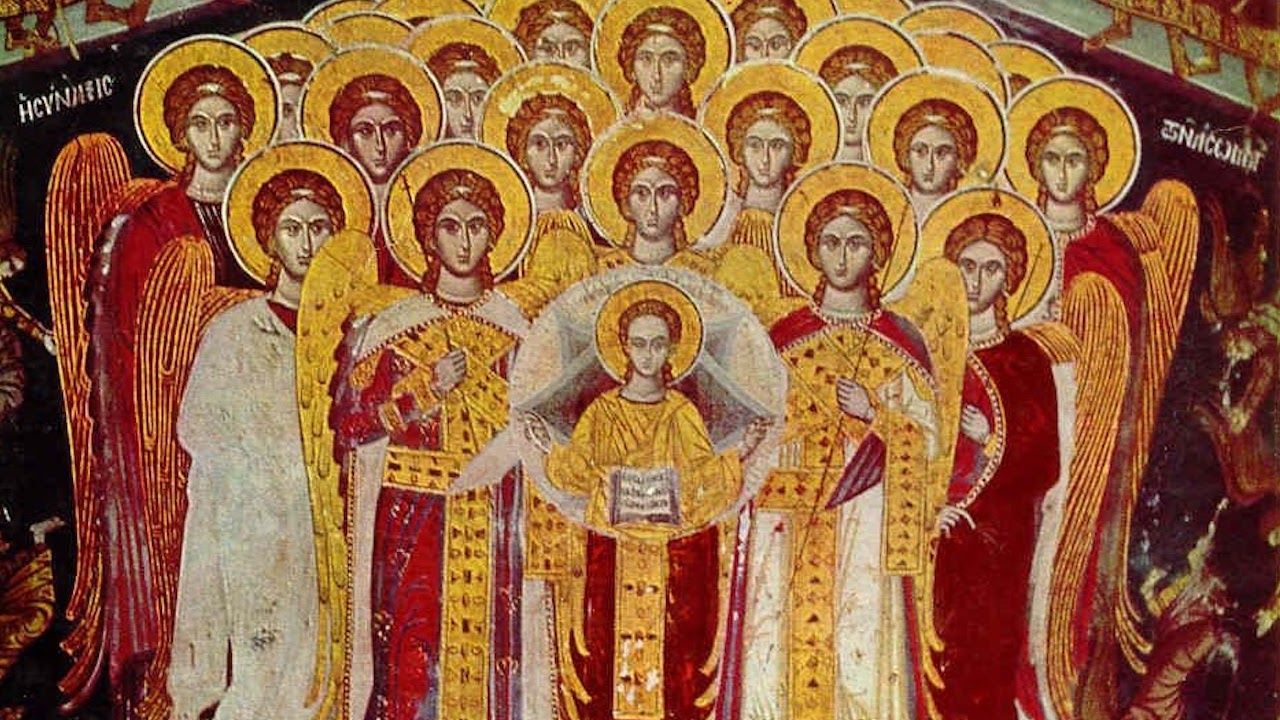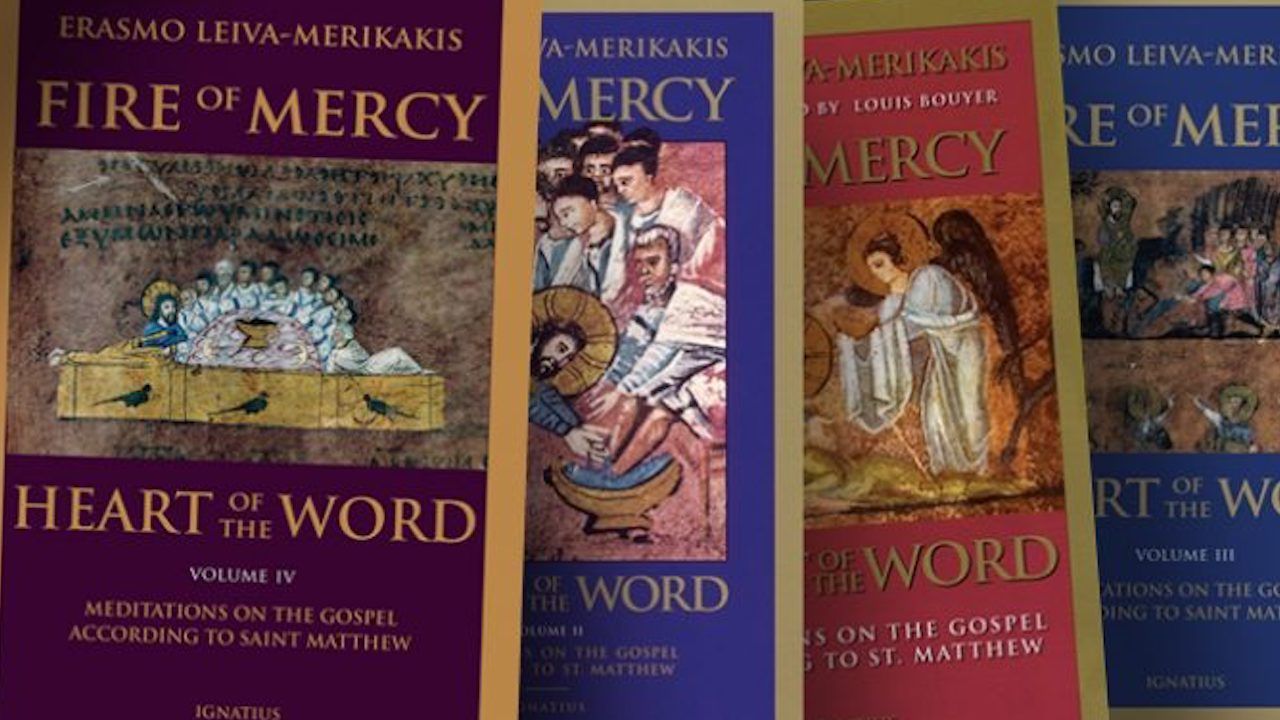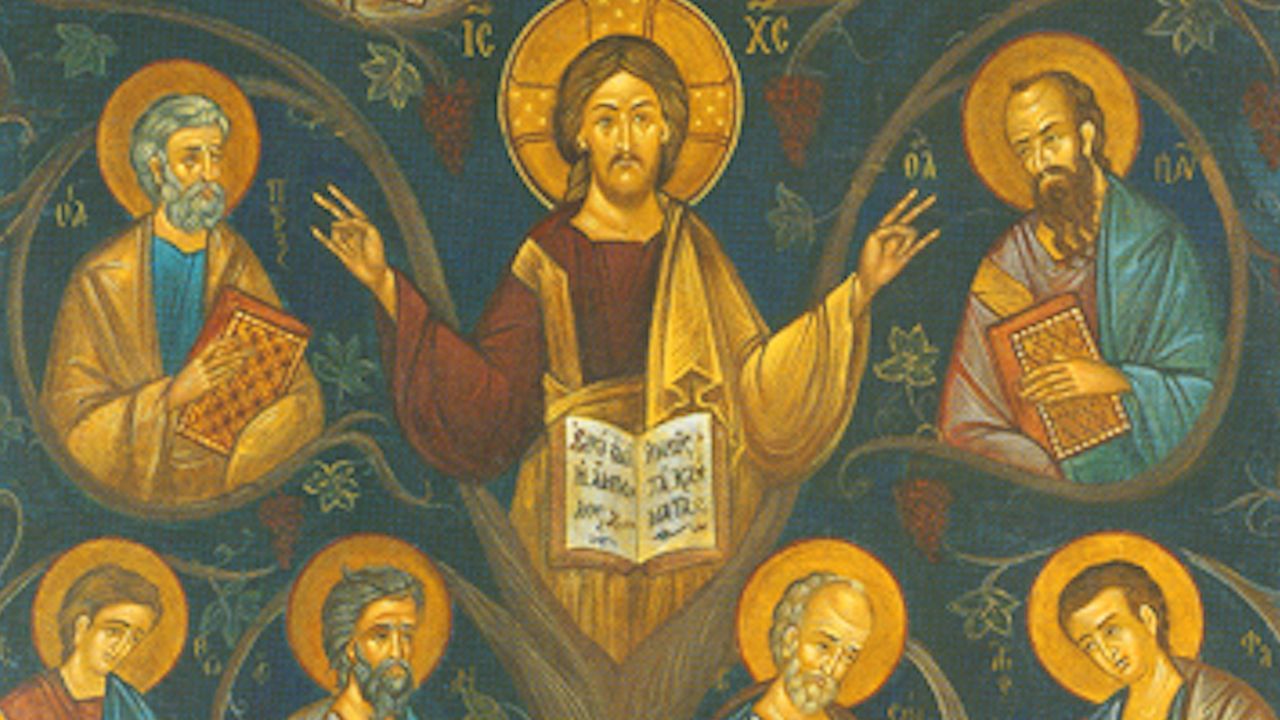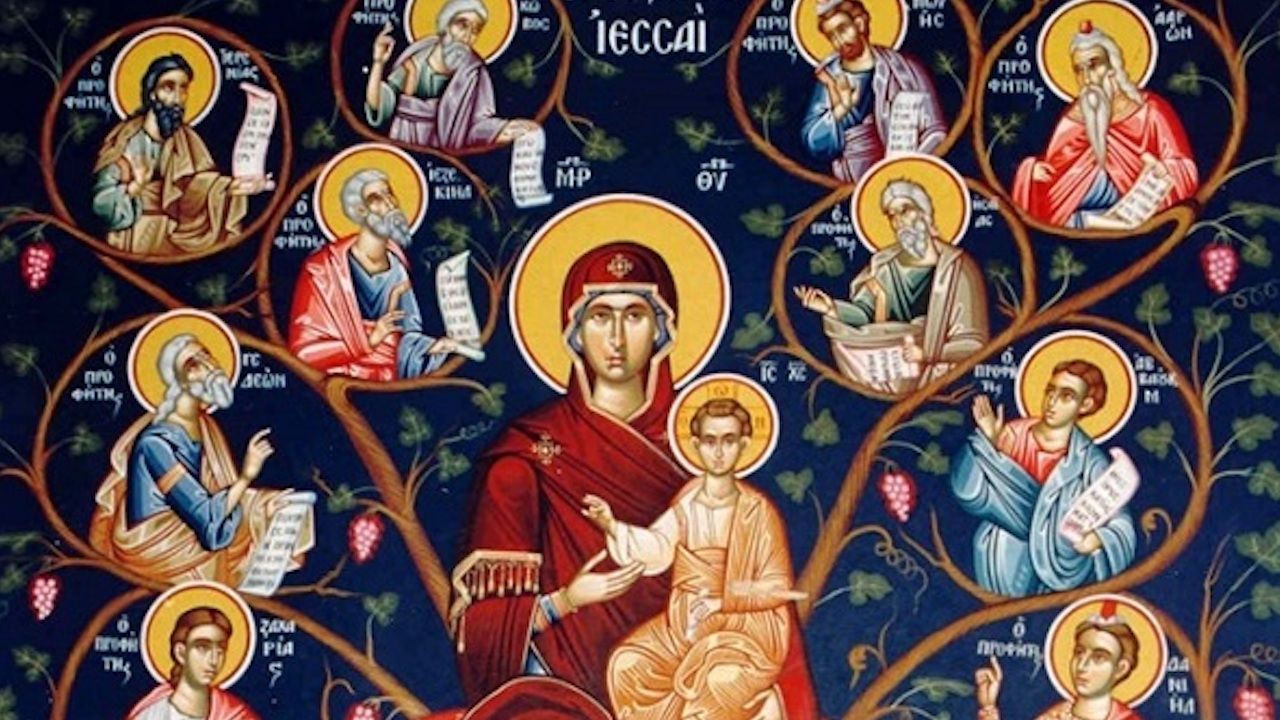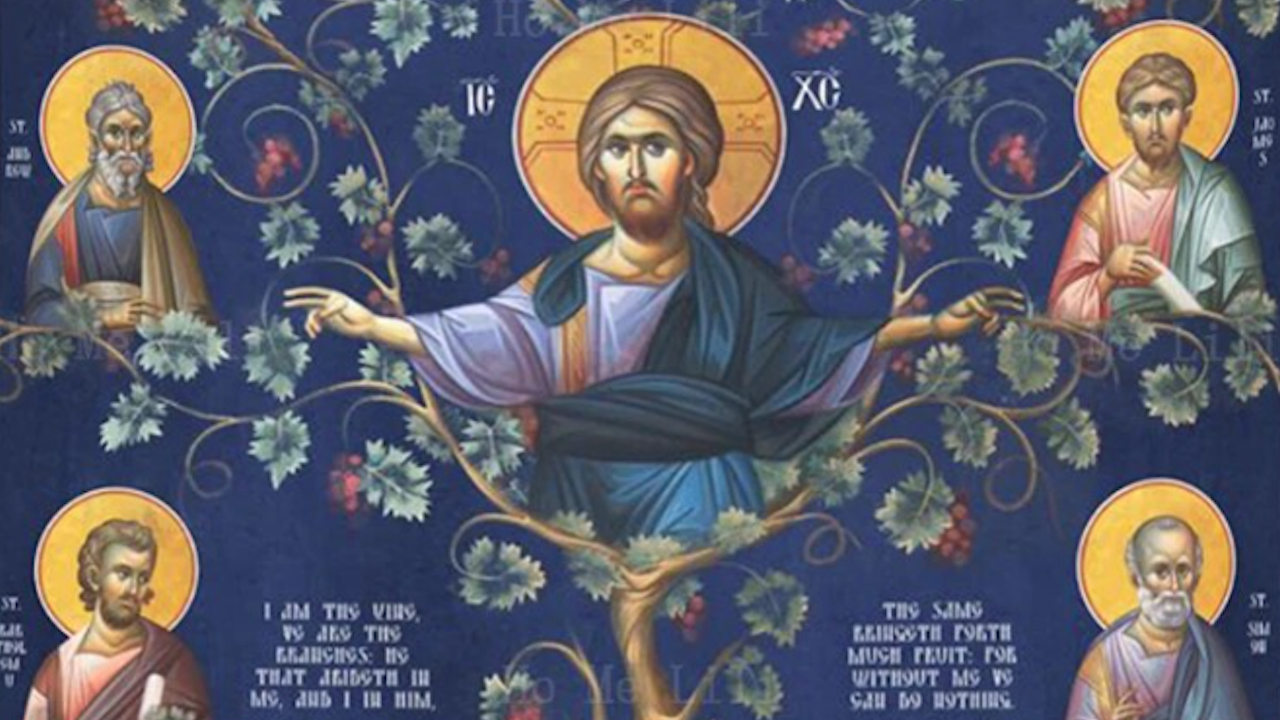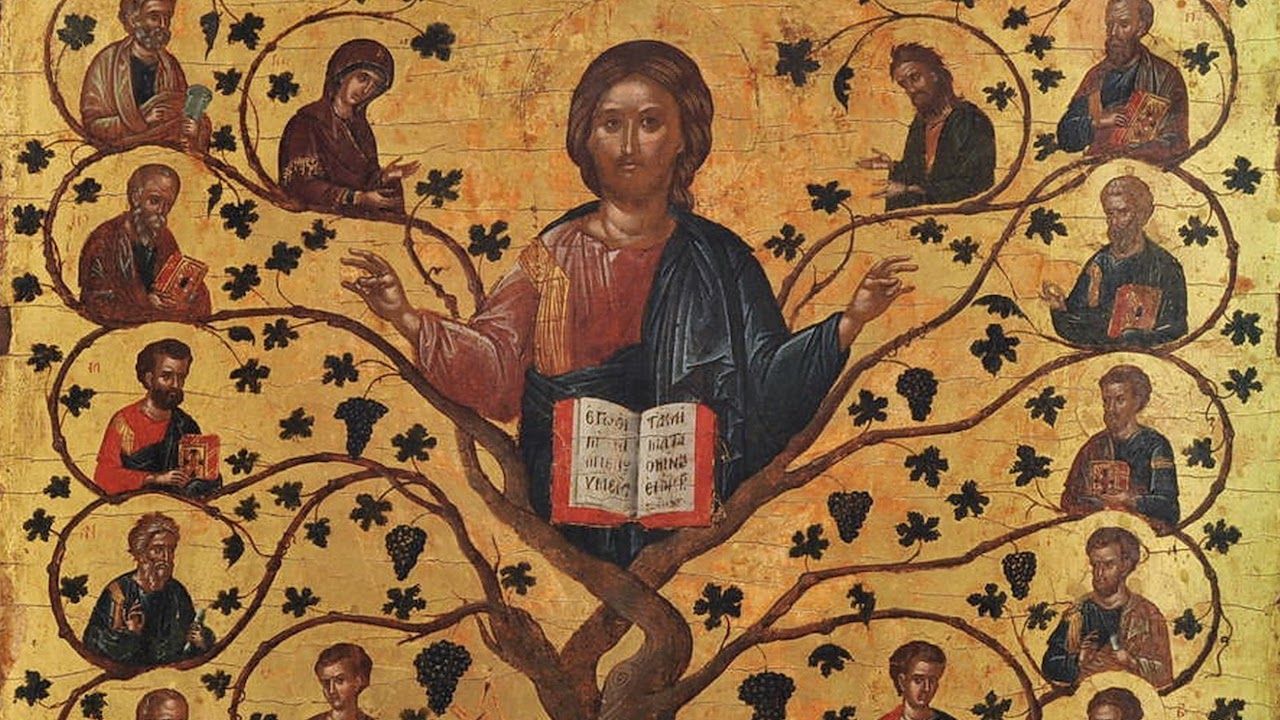CHRISTIANITY is a material religion. Everywhere you turn in the Christian tradition, the material world is adamantly affirmed. And every part of it plays a part in the cosmic worship of our Creator.
We see this throughout scripture. From the very beginning, in the creation account, God says His creation is “very good.” And at the very end, in the book of Revelation, John the Theologian hears every creature in heaven and on earth and under the earth and in the sea praising the Lamb upon the throne and then sees a new earth with the holy city of Jerusalem descending out of heaven from God.
We also find this high esteem of creation throughout the writings of the Fathers. As early as the first century we find St. Clement of Rome expressing his awe at the magnificence and harmony of creation. In the early second century we find St. Ignatius of Antioch affirming the elements of bread and wine as the medicine of immortality and defending the physical body of Christ against anti-materialist gnostics. The list could go on and on.
In their repeated defenses of the incarnation, the Councils of the Church also affirm the material world. This is most strikingly seen in the Seventh Ecumenical Council’s (787 A.D.) defense of icons, relying heavily on St. John of Damascus. The Damascene monk affirms his reverence and respect for matter as “that through which my salvation came, because it is filled with divine energy and grace.” He goes on to note the materiality of the instruments of our salvation and deification:
the thrice-precious and thrice-blessed wood of the cross . . . the holy and august mountain, the place of the skull . . . the life-giving and life-bearing rock, the holy tomb, the source of the resurrection . . . the ink and the all-holy book of the Gospels . . . the life-bearing table, which offers to us the bread of life . . . the gold and silver matter, out of which crosses and tablets and bowls are fashioned . . . the body and blood of my Lord.
St. John concludes by admonishing us not to abuse matter, but to reverence it, because the only thing dishonorable “is something that does not have its origin from God."
The ancient Church’s hymnography also demonstrates a strong estimation of the material world. The hymns for every major feast—from the Nativity of the Theotokos and the Nativity of Christ to Christ’s Baptism at Theophany, His Transfiguration on Mt. Tabor, His three-day Resurrection, and His Ascension to the right hand of the Father, as well as the Dormition of the Theotokos—are all saturated with poetic affirmations of the material world.
Since we’re concluding the 12 days of Christmas and preparing for Theophany tomorrow, I’ll offer you a taste of the wealth of hymnographical affirmations of the material universe from these two feasts.
In the hymnography for the Feast of the Nativity, we see the radical impact of the incarnation on the physical world. Christ’s birth makes “the whole creation shine with joy.” The angels are of good cheer and all of “creation leaps with joy.” And according to a hymn by St John of Damascus, “Heaven and earth are united today, for Christ is born. Today has God come upon earth, and man gone up to heaven.”
But it’s not just that terrestrial creation rejoices in and is impacted by the incarnation. Everything in the created cosmos worships its creator. “Every creature made by Thee offers Thee thanks. The angels offer Thee a hymn; the heavens a star; the Magi, gifts; the shepherds, their wonder; the earth, its cave; the wilderness, the manger; and we offer Thee a Virgin Mother.”
The Nativity hymns further elaborate on God’s use of stars and Magi. Heaven speaks through a star and proclaims Christ as Savior to all. The star showed humanity the One “whom nothing can contain, contained within a cave.” The Magi, “who adored the stars through a star,” were led to Christ and “were taught to worship” Him. And what did they offer Him? More material: “refined gold, as to the King of the ages, and frankincense, as to the God of all; and myrrh they offered to the Immortal, as to one three days dead.” And now we are summoned by these hymns to join them in magnifying Him: “O Giver of life, glory to Thee.”
But there is more. It is through Christ’s “swaddling clothes” that He “looses the bands of sin, and through becoming a child He heals Eve’s pangs in travail.” Therefore, St John of Damascus hymns, “let all creation sing and dance for joy, for Christ has come to restore it and to save our souls.”
The hymns for tomorrow’s celebration of Theophany, the baptism of Christ in the waters of the Jordan, resound with similar affirmations of creation. I’ll restrain myself to the famous seventh-century prayer for the blessing of water by St Sophronius of Jerusalem.
Sophronius begins his prayer by explaining both feasts in terms of their incarnational emphasis: “In the preceding feast we saw Thee as a child, while in the present we behold Thee full-grown, our God made manifest, perfect God from perfect God.” And then he goes on to explain the role of creation—dove, sun, moon, stars, clouds, and the hands of a prophet—in Christ’s baptism:
Today the grace of the Holy Spirit in the form of a dove descended upon the waters. Today the Sun that never sets has risen and the world is filled with splendor by the light of the Lord. Today the moon shines upon the world with the brightness of its rays. Today the glittering stars make the inhabited earth fair with the radiance of their shining. Today the clouds drop down upon mankind the dew of righteousness from on high. Today the Uncreated of His own will accepts the laying on of hands from His own creature.
Sophronius then describes the impact of Christ’s Baptism. Like Christ’s Nativity, it too transforms everything, all for our salvation:
Today the waters of the Jordan are transformed into healing by the coming of the Lord. Today the whole creation is watered by mystical streams. Today the transgressions of men are washed away by the waters of the Jordan. Today Paradise has been opened to men and the Sun of Righteousness shines down upon us. Today the bitter water, as once with Moses and the people of Israel, is changed to sweetness by the coming of the Lord. Today we have been released from our ancient lamentation, and as the new Israel we have found salvation. Today we have been released from our ancient lamentation, and as the new Israel we have found salvation. Today we have been delivered from darkness and illuminated with the light of the knowledge of God. Today the blinding mist of the world is dispersed by the Epiphany of our God. Today the whole creation shines with light from on high. Today error is laid low and the coming of the Master has made for us a way of salvation. Today things above keep feast with things below, and things below commune with things above.
So the entire Christian tradition—in scriptures, councils, icons and hymns—affirms what Moses the God-seer told us long ago in Genesis: God’s creation is indeed very good. And it’s even worthy of our veneration.
In his first defense of icons, St John of Damascus sums up and defends the veneration of the material world. And he helps explain why we’re organizing a symposium on “Soil and Sacrament: The World as Gift.” I’ll let him conclude:
I do not venerate the creation instead of the creator, but I venerate the Creator, created for my sake, who came down to his creation without being lowered or weakened, that he might glorify my nature and bring about communion with the divine nature. . . . I do not venerate matter, I venerate the fashioner of matter, who became matter for my sake and accepted to dwell in matter and through matter worked my salvation, and I will not cease from reverencing matter, through which my salvation was worked.
Erin Doom is the founder and director of Eighth Day Institute. He lives in Wichita, KS with his wife Christiane and their four children, Caleb Michael, Hannah Elizabeth, Elijah Blaise, and Esther Ruth.

